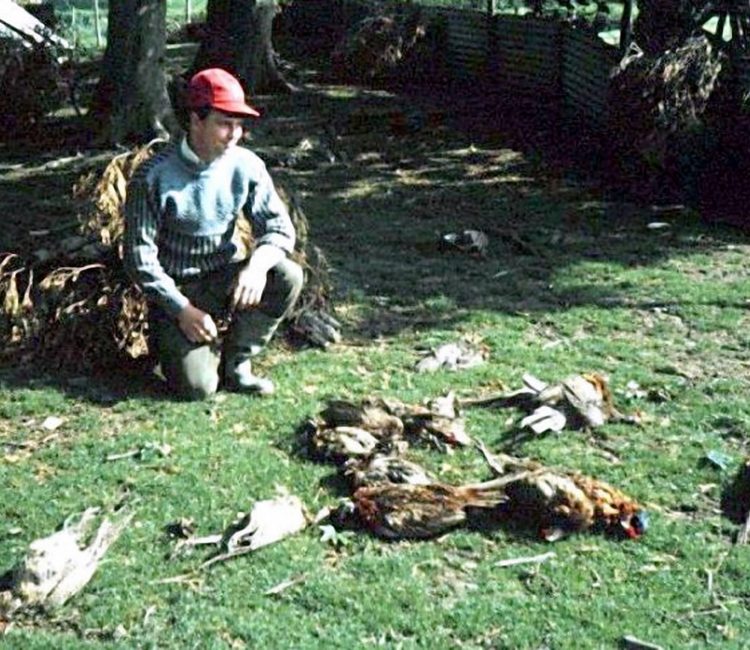WHY DO PESTS NEED TO BE CONTROLLED ?
To Prevent the spread of disease
Rats carry diseases which are fatal to both humans and other animals. They threaten ground nesting birds, damage growing and stored foodstuffs, and destroy more than they eat. “A single pair of breeding rats and their offspring will consume over 9 tons of food in a year and will spoil with their urine and faeces almost a further 20 tons. In 1950 the World Health Organisation estimated the loss of foodstuffs to rodents to be 5% worldwide, enough to feed 30 million people.” (Source: National Rodents Survey 1993).
Terriers are widely used to locate, catch and kill rats. When a terrier takes hold of a rat, it bites hard and at the same times shakes vigorously. Death in this manner is virtually instantaneous, unlike the alternative of a slow, lingering and painful death from poison. Terrier work offers a safe, humane and alternative form of controlling rats which is both non-toxic and highly effective.
Foxes carry parasites and a variety of diseases. Many of which are capable of being transmitted to humans, livestock and domestic pets, as well as to other wildlife. Mange is one such disease, it’s highly contagious and increasingly common amongst foxes, especially in areas which are densely or over populated. Proper management and control is just as important in maintaining a healthy fox population, as it is in preventing the spread of disease.
Below: These 7 terriers caught 735 rats in less than four hours.
They did so without the use of any harmful chemicals or poisons, or any
of the associated risks to domestic pets, other wildlife, or to the environment.
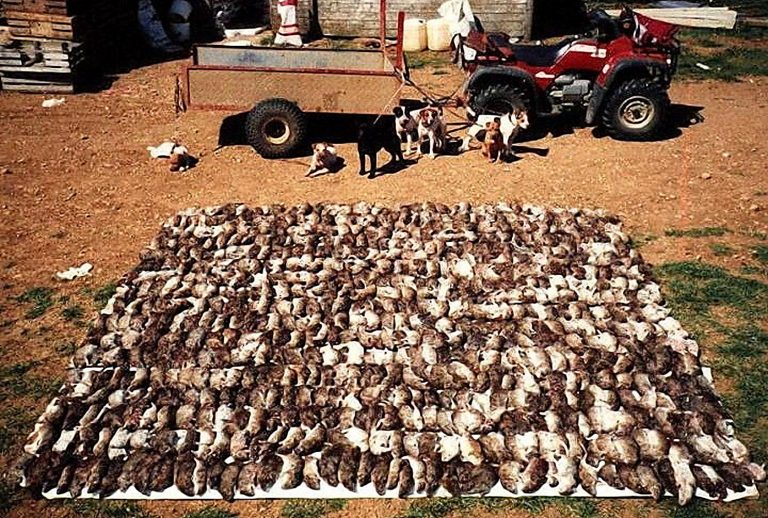
Below: This fox was badly infected with mange.
It was in so much pain and distress that it had eaten
part way into its flanks in an attempt to ease its discomfort.
It was humanely despatched and put out of its misery by a Hunt terrierman.
:
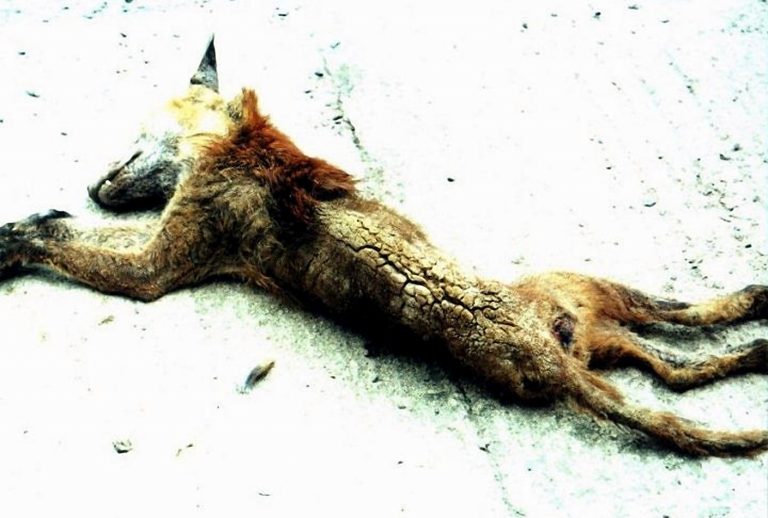
To protect livestock, pets and other wildlife:
Foxes and mink are opportunist killers and indiscriminate in the nature of their killing. Foxes prey on poultry, lambs, calves, piglets, poultry, ground nesting birds and other small mammals including domestic pets.
Mink are a particular problem, they’re a species alien to the U.K. and as such have no natural predators (other than man). They pose a significant and ongoing threat to our native wildlife, and the virtual extinction of the water vole has long since been attributed to mink predation.
Below: Self proclaimed urban based “wildlife experts” often claim foxes wouldn’t attack or kill domestic cats.
This particular attack took place in broad daylight during a family barbeque, far more attacks
of this nature take place under the cover of darkness, when foxes normally do most of their hunting.
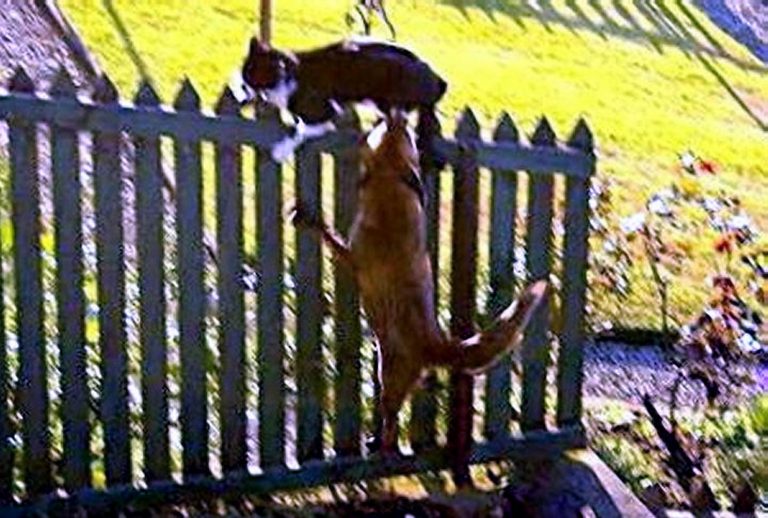
Below: Those same “experts” also tell us that foxes don’t kill lambs.
They claim instead that foxes are “nature’s vacuum cleaners” clearing up carcasses left by bad farmers.
Nevertheless, this fox can clearly be seen attacking a live lamb, the lamb’s head is drawn back in a defensive posture
and the same fox is shown (inset) carrying away the lamb with its head bitten off (which is a typical sign of fox damage).
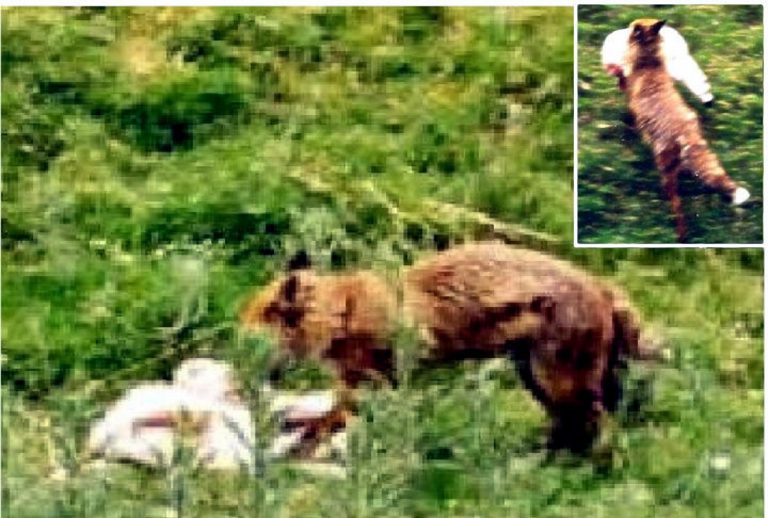
Below: The grim reality of what farmers have to contend with and foxes actually do to their victims.
Despite having had the front of its face eaten away by a fox during the night, this badly injured lamb was found still
suckling on its mother in order to stay alive. Its twin had also been carried off and was presumed to have been killed.
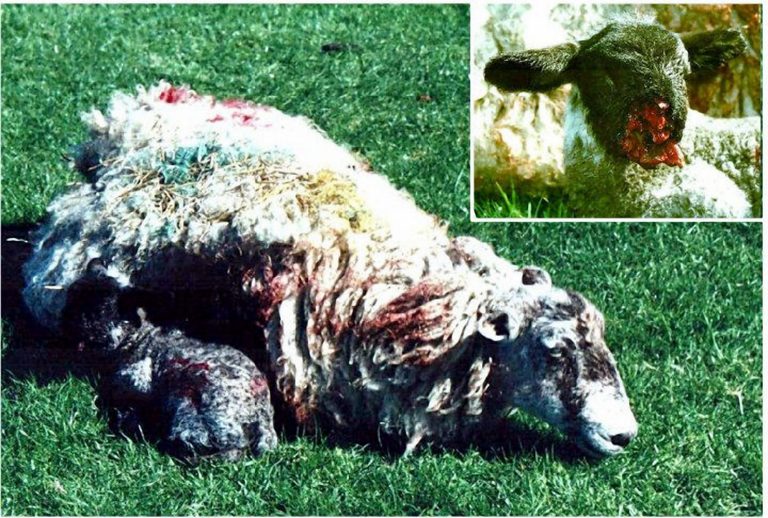
Below: Foxes are notorious killers of poultry.
They will work away for hours to force their way either into, or beneath a poultry house, shed, or run.
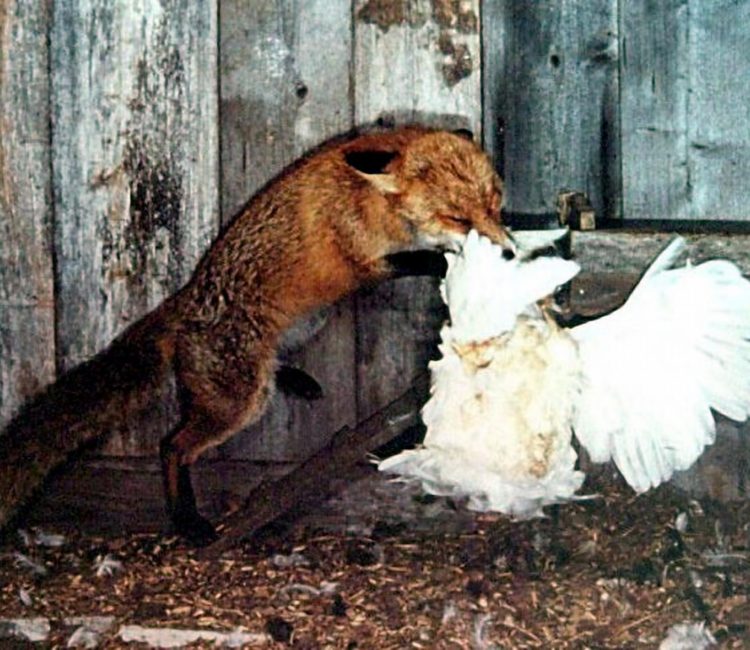
To prevent "surplus killing"
Foxes and mink both indulge in “surplus killing”. They are not content to for example kill a single hen for food, but instead are driven by “predator frenzy” and the uncontrollable urge to needlessly kill every single one of its potential victims. Terrierwork is a selective form of control, it targets specific predators and particularly those which do most damage.
Below: Surplus killing (Fox).
The result of one nights work by a marauding fox. At the farmer’s request, the local foxhounds were brought to the field where the lambs had been killed. The hounds followed the fox’s scent well over a mile to its den. Nets were placed over the entrance holes, the hunt terrier was entered into the earth and flushed the fox into a net where it was humanely despatched. The lamb losses on that farm stopped immediately. Yet today this would be illegal.
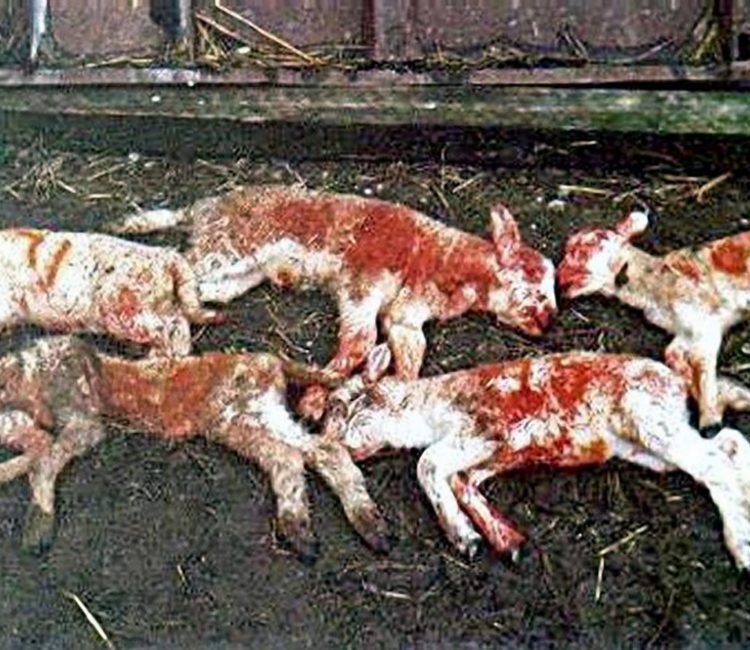
Below: Surplus killing (Mink)
Despite an 8ft high close mesh fence with steel sheet bottoms, a mink entered this pheasant pen and
killed every one of the 175 pheasants it contained. It didn’t eat or carry them off, just left them all strewn about.
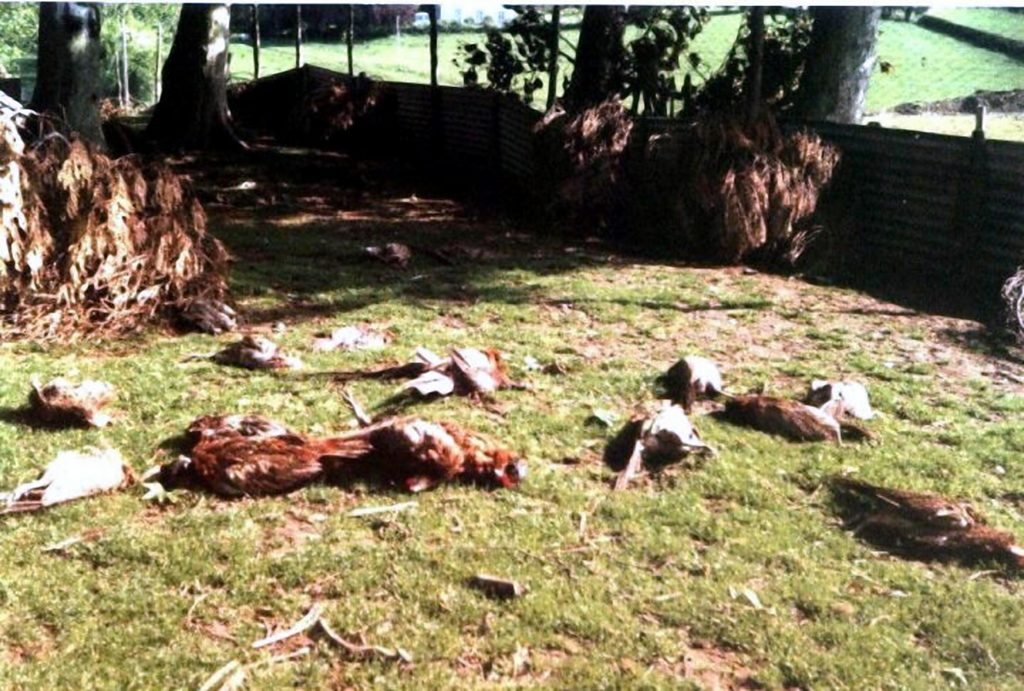
Below: Surplus killing (Fox)
The remnants of a farmer’s flock of free range poultry following a day time visit by a fox.
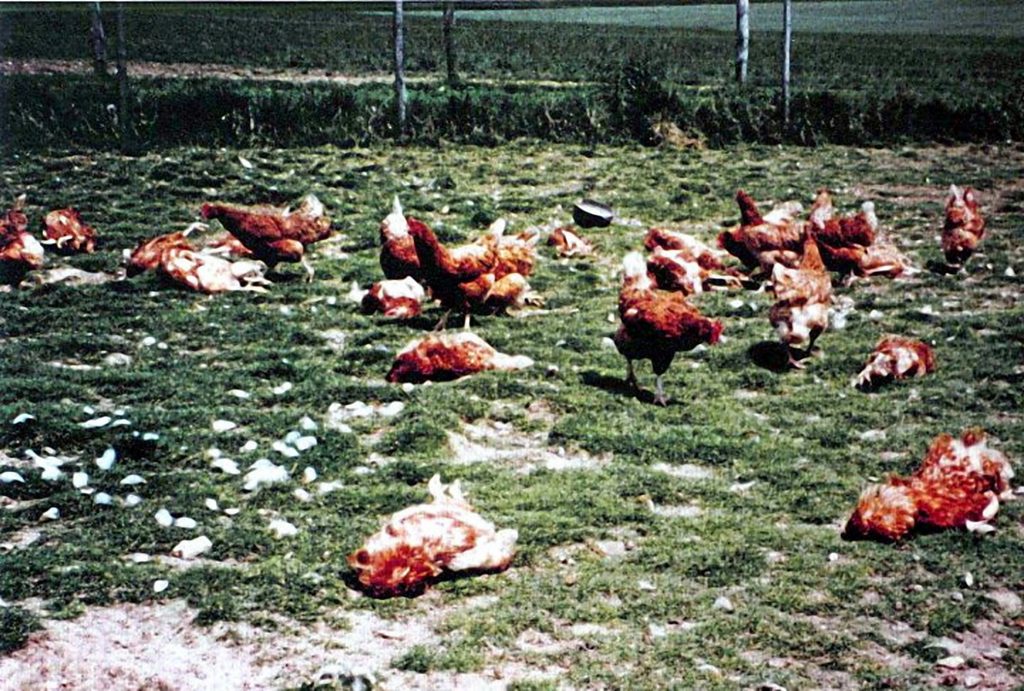
Below: Surplus killing (Mink)
The Hunting Act 2004 permits the use of of a single dog below ground in order to preserve, or protect, birds being kept to be shot (as below). However that same level of protection is not afforded to livestock and other domestic animals (as seen above). Quite where that fits in with the Labour Party’s 1997 manifesto committment that “We recognise the need for pest control, but are totally opposed to the killing of any animal for sport” only a certain type of political mind would understand. Sadly all this achieves in reality is to undermine faith in the entire Parliamentary process and bring an otherwise great institution into disrepute !!!
